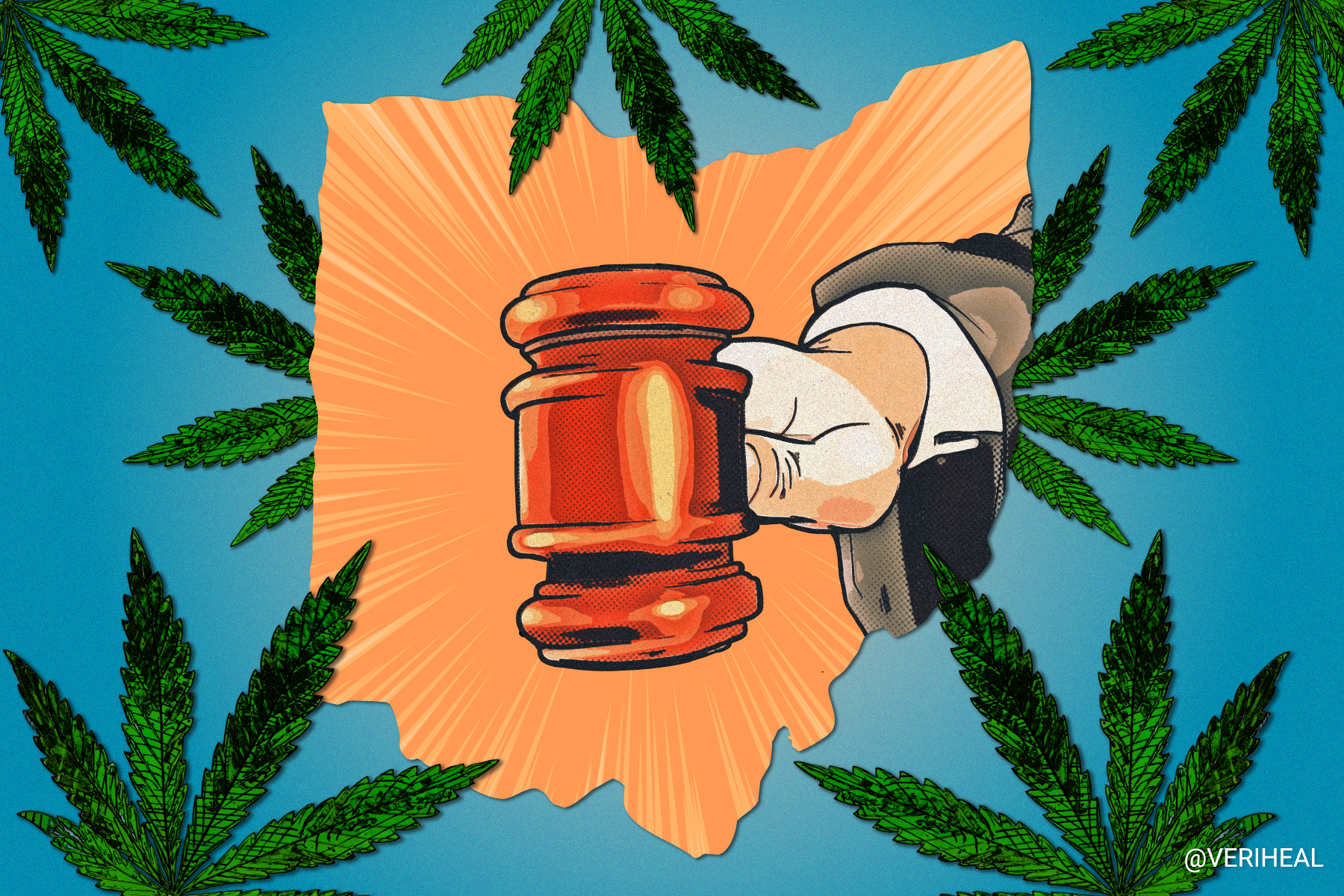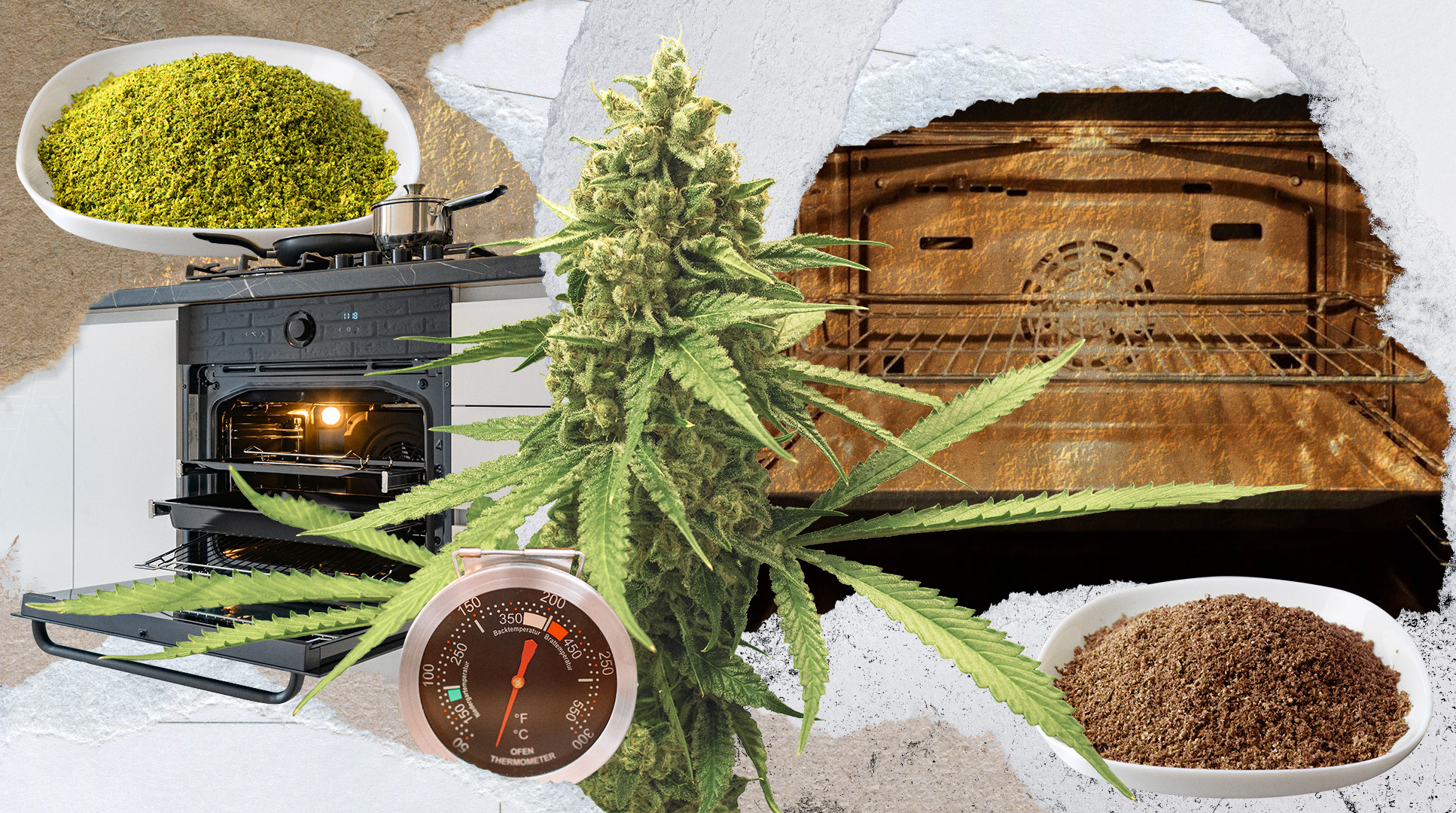A recent legislative survey indicates that Ohio Republican lawmakers are more likely to support cannabis legalization than Democrats. Released at the beginning of November, the Gongwer Werth Legislative Opinion Poll revealed that 36% of Democrats want cannabis to be legalized, whereas 43% of Republicans are keen on the idea.
Werth, which is recognized as one of Ohio’s top strategic public affairs and public relations firms, also focused on the prospect of addiction issues. While 50% of Democrats responded “no” to the question of whether legalized adult-use marijuana would create addiction issues, 74% of Republicans said “yes.”
Regardless of the growing political support for legal cannabis in Ohio, it remains uncertain as to whether or not residents will have the chance to vote in favor of a legalization measure that could be featured on the 2022 ballot. In the event of a successful vote, the Buckeye State could harvest plenty of economic rewards, with cannabis tax revenue being one of the legal market’s major appeals.
Gathering Signatures for Cannabis
It was during late August that Ohio approved an initiative for recreational cannabis legalization. Thanks to an ongoing signature-gathering quest by a pro-cannabis campaign called “The Coalition to Regulate Marijuana Like Alcohol,” there’s a good chance that Ohio voters may have an opportunity to vote on a referendum question regarding legal cannabis on the 2022 ballot.
Titled “An Act to Control and Regulate Adult Use Cannabis,” the measure’s approval means that the group can now proceed with their signature-collecting mission. The primary aim of the coalition is to collect the necessary 132,887 registered voter signatures to introduce a proposed law in front of state legislative members. In the event that the law is approved, adults aged 21 and above would be legally allowed to purchase, possess, cultivate, and use cannabis for recreational purposes across the state of Ohio.
“This means limiting sales to people under the age of 21. We want to make sure that all products have been tested. It is produced by a licensed cultivator or processor here in Ohio. [and] Sold at licensed pharmacies,” said Cleveland lawyer Thomas Harlen, who also serves as a coalition spokesman for Ohio’s legal cannabis proposal.
The Tax Benefits of Legal Cannabis
If we look at cannabis taxes in other U.S. states, it’s clear that Ohio could attract plenty of economic success with its prospective legal market. A prime example is Michigan, which earns the Tax Foundation $288 million in tax revenue every single year. Then there’s Illinois, which has generated annual tax revenue to the amount of $277 million.
Colorado and Washington, two states that have collected cannabis taxes since the year 2014, are just as (if not more) impressive in terms of their annual tax revenue. A total of $267 million was collected by Colorado in the calendar year 2018. Meanwhile, Washington amassed $439 million in state cannabis taxes.
An entire year’s worth of state cannabis tax revenue was also reported by four other states, according to the Tax Policy Center—Alaska ($15 million), California ($354 million), Nevada ($87 million), and Oregon ($94 million). There are three main methods of imposing state and local government taxes on cannabis products:
- Taxing on the Purchase Price – States with legal cannabis laws usually levy excise taxes of a certain percentage on the retail purchase price of products. Otherwise known as a “percentage-of-price,” this type of cannabis tax may also be imposed by individual localities.
- Taxing Based on Product Weight – The heavier a cannabis product—whether it’s cannabis flower, plant material, or concentrates—the higher the excise tax will usually be. For example, a $9.65 tax is imposed per ounce of cannabis flower in California, whereas the tax on cannabis leaves is set at $2.87 per ounce, and the tax on raw plant material rests at $1.35 per ounce.
- Taxing Based on Cannabis Potency – Just like strong alcohol is taxed at higher rates, cannabis is also slapped with higher taxes when it contains more THC. Generally, when cannabis contains 35% THC or less, it is taxed at 10% of the retail price. Anything above this amount is taxed at 25% of the retail price. Conversely, retailers tax infused edibles at 20% of the retail price.
According to estimates from Washington, D.C.-based right-leaning think tank, the Tax Foundation, Ohio looks set to generate $220 million on an annual basis if the state launches a taxable legal cannabis market.
Author, Share & Comments















